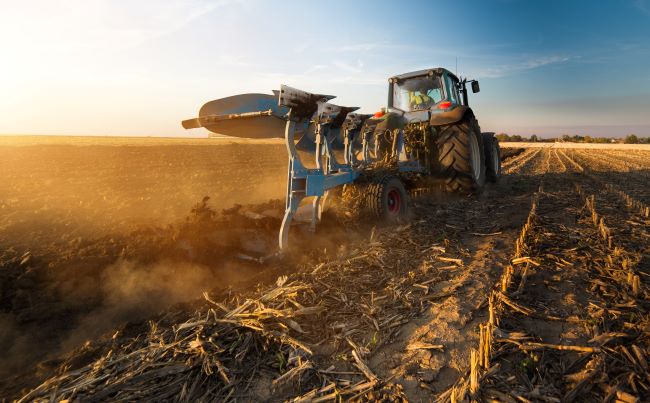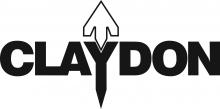Please share information and resources relating to agricultural machinery, including:
How to select the right machinery - There are a plethora of options when considering agricultural machinery. See this resource from Iowa State university on selecting the right machinery system for your farm
Productivity Gains - Mechanization has drastically increased the productivity of farming operations. Tractors and other equipment allow farmers to work larger areas of land and accomplish tasks in a fraction of the time it would take manually.
Precision Agriculture - Technological advancements, such as GPS-guided systems and sensors, enable precision farming. This means that farmers can apply fertilizers, pesticides, and water precisely where and when they are needed, reducing waste and environmental impact.
Labour Efficiency - Agricultural machinery reduces the need for extensive manual labor, allowing farmers to accomplish more with fewer workers. This is especially significant as the agriculture workforce ages, and labour shortages become more common.
Environmental Impact - Sustainable agriculture practices are increasingly integrated into machinery design. Innovations like low-impact tilling, no-till farming, and energy-efficient engines help reduce the environmental footprint of agriculture.
Cost Savings - While machinery can be a significant upfront investment, it often results in long-term cost savings by reducing labor costs and improving overall farm efficiency.
Safety - Farm machinery is designed with safety in mind, offering various features and technologies to protect operators and farmworkers. Proper training is essential to ensure safe operation.
Maintenance - Regular maintenance and servicing are crucial to keep agricultural machinery in good working condition. Neglecting maintenance can lead to costly breakdowns and downtime.
Future Trends - Agriculture is continually evolving, with ongoing developments in robotics, automation, and artificial intelligence promising to further revolutionize the industry. Autonomous tractors, drone technology, and smart farming systems are some of the exciting developments on the horizon.
This topic summary was written with the help of OpenAI's ChatGPT - if you can do better please Join and Edit this page!




